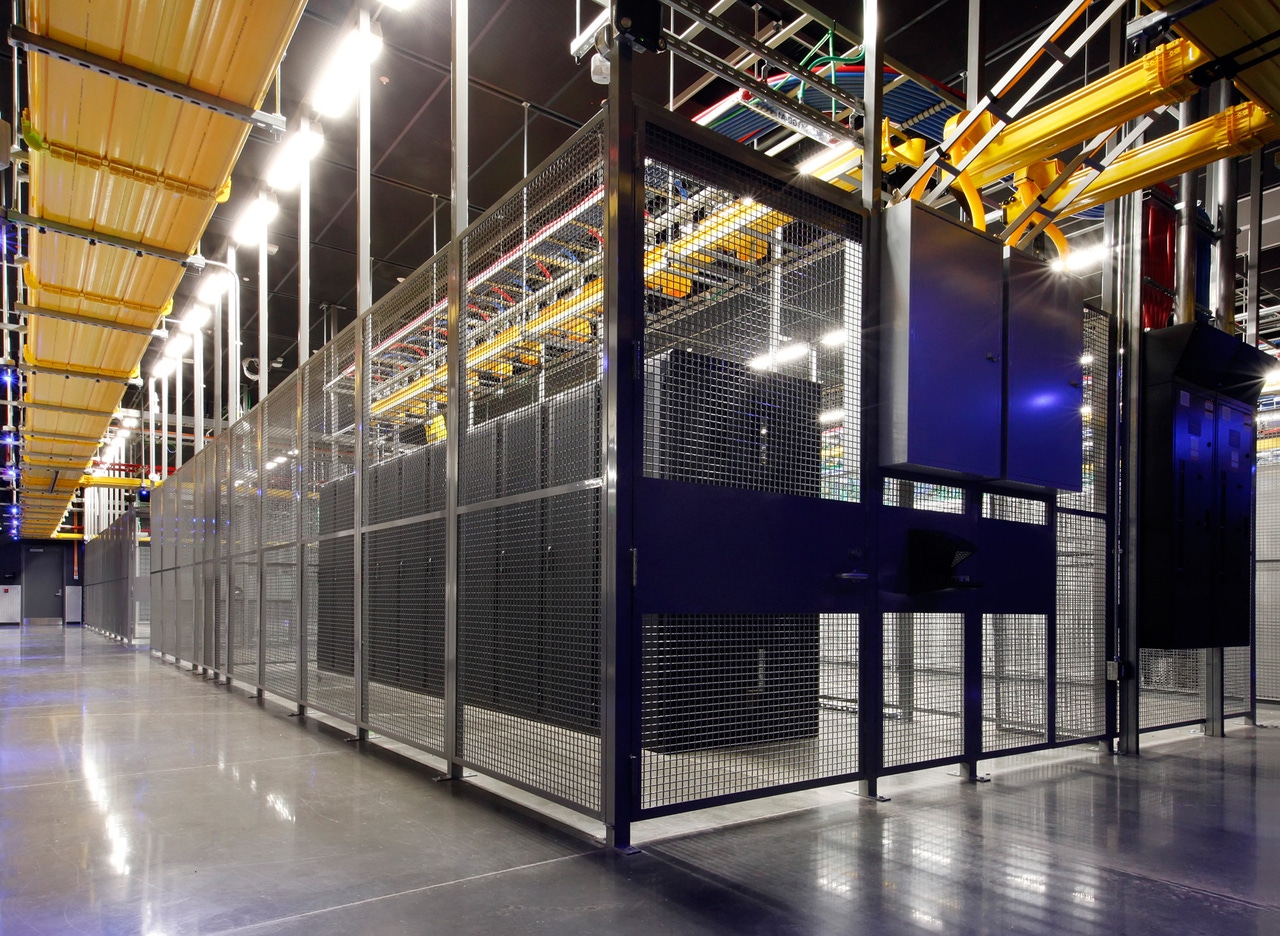Equinix Says Its New Wholesale Data Center Business is Much Bigger Than Previously ThoughtEquinix Says Its New Wholesale Data Center Business is Much Bigger Than Previously Thought
Mid-point of guidance for Equinix’s new wholesale data center initiative has been 100MW per year, but one of the company’s top executives told Data Center Knowledge that the sales pipeline for HIT is already 400MW•HIT, which stands for Hyperscale Infrastructure Team, is part of the retail colocation giant’s strategy to reel in the next wave of data center deployments by the largest cloud and SaaS providers, who are expected to attract more enterprise business•Leading HIT is Jim Smith, former CTO of Digital Realty Trust, which has a similar strategy
July 5, 2018

DCK Investor Edge -- There is a new global hyperscale data center player, and it happens to be embedded in an old retail colocation giant.
Equinix recently revealed the scale of its new strategic wholesale data center initiative, HIT, or Hyperscale Infrastructure Team. HIT, it turns out, is much larger than investors could have known based on what the company has said in the past.
The midpoint of the company’s guidance for HIT’s 1MW and 2MW wholesale-like “nodes” has been 100MW per year over the next five years. But Equinix already has a 400MW pipeline for the product, Charles Meyers, the company’s president of strategy, services, and innovation, told Data Center Knowledge in an interview.
"HIT will probably be closer to the high end of 300MW to 700MW, rather than the low end [of the guidance]," he said. The 1MW and 2MW deployments referred to in the past were “land and expand” builds, meaning the actual capacity would eventually reach 5MW or 6MW per node.
Meyers’ team, consisting about 100 employees, is tasked with "future proofing" Equinix, which includes catching the "next wave" of hyperscale deployments.
The Big Picture
Last quarter, Equinix revealed that its Paris 8 data center would be the first built as part of the strategic HIT initiative. The company hired Jim Smith, former CTO of the wholesale data center leader Digital Realty Trust, to oversee HIT.
These build-to-suits are intended to service the needs of the top 12 global cloud, technology, and SaaS providers. Notably, during Q1 2018, Equinix did not book or report any additional hyperscale activity.
During the recent Equinix Analyst Day there were presentations from multiple Equinix executives highlighting performance in the Americas, EMEA, and Asia Pacific, and others drilling down in detail on the technical side of the Equinix global platform.
This layer-cake slide below summarizes the integrated approach Equinix shared with investors at Analyst Day:

The icon in the bottom-right corner represents HIT -- now a foundational component of the Equinix global portfolio. In-house and partner interconnection and managed services are layered over the top of the physical data center network.
HIT Rationale
In its strategy, planet-scale cloud service and SaaS providers serve as magnets to attract enterprise customers. This echoes the strategy Digital Realty, Equinix’s biggest rival, launched after it acquired the North American colocation giant Telx in 2015.

Equinix will continue to focus upon major global metropolitan markets. During the next five years 5G will become another driver for data growth, Meyers said. He believes 5G will accelerate use cases by capturing data at the "edge" and bringing it back to IBX data centers to be mined by AI for big data insights.

In addition to the dedicated PA8 hyperscale build, London 9 and 10, which house a mix of hyperscale and retail cabinet deployments, will be contributed to HIT.
Investor Edge
At the midpoint of guidance, Equinix projects 100MW per year of build-to-suit and hybrid IBX hyperscale deployments. On average, the 25MW per quarter of wholesale deployments would rival the scale of many other data center peers.
However, since the wholesale returns are lower than the cash-on-cash yields of connectivity-focused retail colocation, these data centers will not be 100 percent owned on the balance sheet. Equinix plans to keep a minority stake (20-49 percent) in those assets:

The off-balance sheet joint venture approach allows for more leverage to generate 13-18 percent returns and avoids a potential AFFO per share growth headwind. Instead, it will become accretive, including fee income.
Meyers shared that Equinix would likely have multiple institutional capital partners, leveraging different partners in different regions. In Asia Pacific, for example, the "right" JV partner could also help open local markets for Equinix's core colocation business, he explained.

The eventual hyperscale contributions to EBITDA, AFFO per share, NOI were not included in May 2018 full-year guidance, reaffirmed on Analyst Day by CFO Keith Taylor. Notably, HIT could account for 5-10 percent of revenues, and contribute 5 percent to AFFO per share, Taylor said.
The new initiative gives Equinix shareholders a new revenue stream, while also expected to help grow the retail colocation business. In a sense, it is a free option on what could potentially become a significant wholesale data center business.
Read more about:
EquinixAbout the Author
You May Also Like







